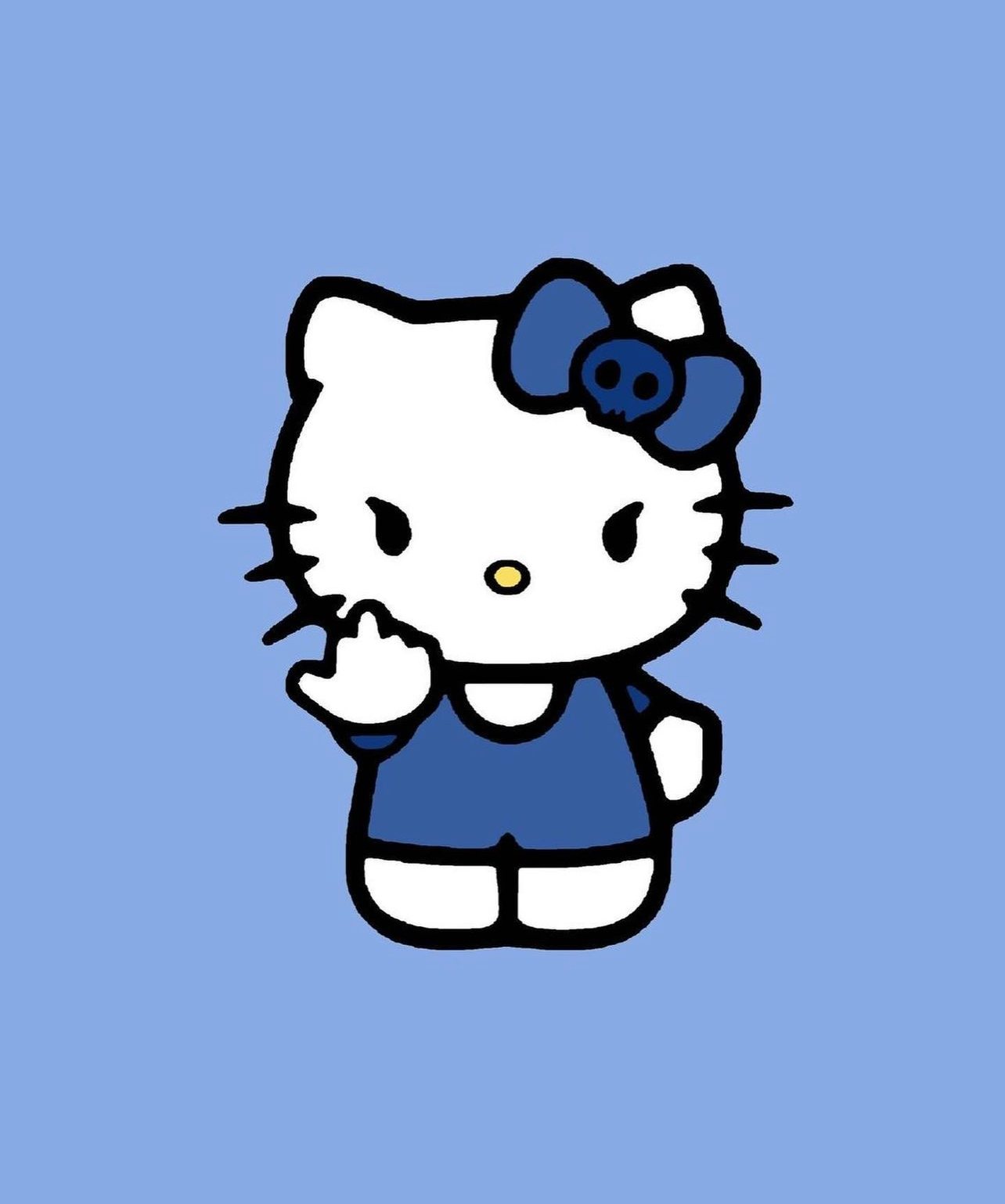Models and theories
Cards (20)
- Hierarchy of objectives in a business - why functional area objectives are what they are, why objectives become more specific for functional areas, teams and individuals
- Pestle - influences on a business, its consumers and its competition
- Theory X and Y - McGregor’s theory suggests there are two types of employees. One group enjoys work, the other doesn’t
- Tannenbaum and schmidt continuum
- Decision trees
- Stakeholder mapping
- Market mapping
- boston matrix
- Porters generic strategies
- Porters 5 forces
- Investment appraisal
- Critical path analysis
- Kaplan & nortons balanced scorecard
- Elkingtons triple bottom line
- Carolls CSR pyramid
- Lewins force field analysis
- Motter & schlesinger - reason for resistance to change
- Kotter & schelsinger - overcoming resistance
- Handys culture types
- Greiners growth model
